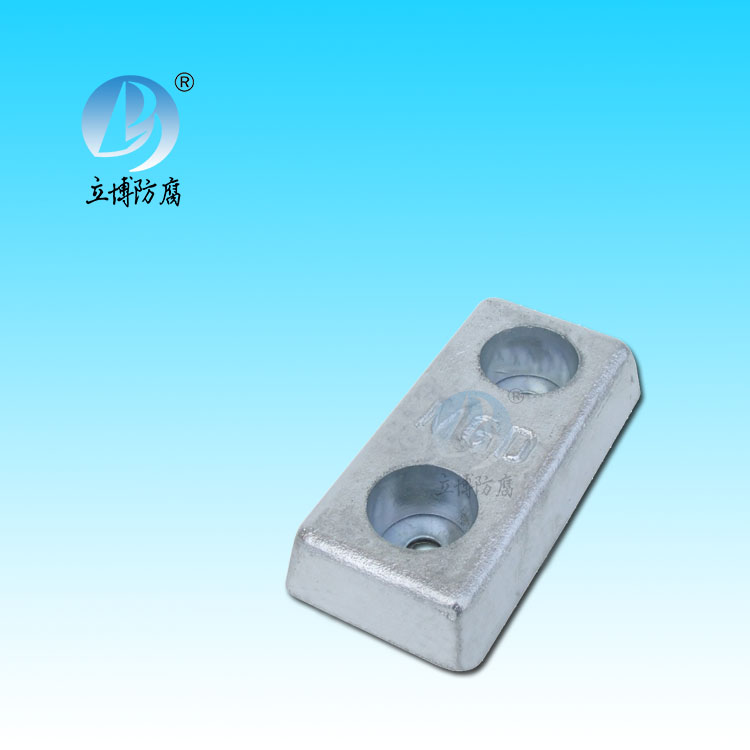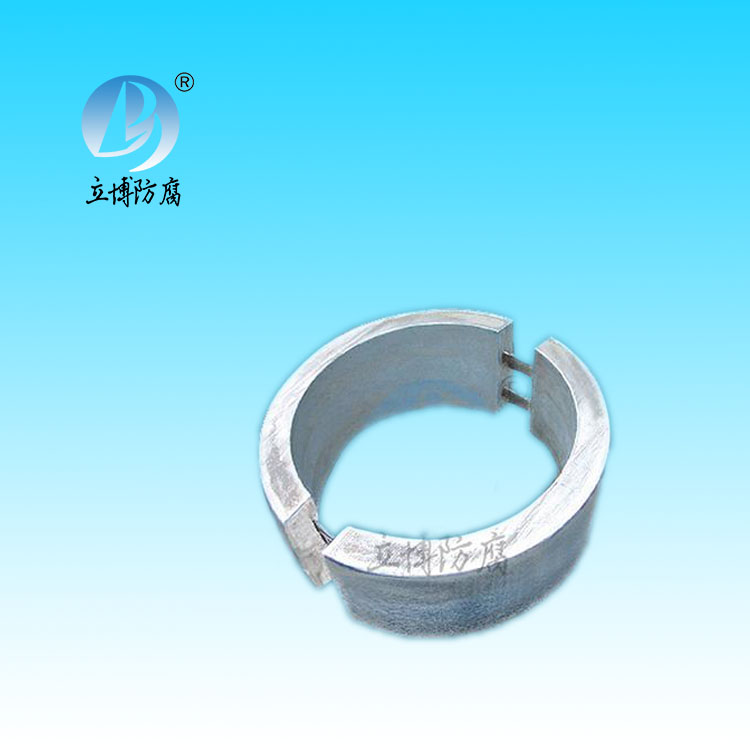News
News
- What is a sacrificial anode
- Basic requirements for reference...
- What does the reference electrode do...
- Why are zinc blocks attached to the ...
- What is the principle of impressed...
- What material does metal structure...
Contact
Phone:18739187123
hotline:0391-7588881
E-mail:970512272@qq.com
Address:Wuzhi County, Jiaozuo City, China
Q & A
How does a potentiostat measure a polarization curve?
- Author:Libo
- Source:wwww.rankebio.com
- Date:2021-06-11
- Click:0
Potentiostatic method: the study electrode is constant at different values successively, and then the current corresponding to each potential is measured. The polarization curve should be measured as close as possible to the steady state of the system. Steady state system means that the polarization current, electrode potential and electrode surface state of the system under study basically do not change with time. In actual measurement, the commonly used control potential measurement methods include the following two:
Static method: the electrode potential is constant at a certain value, and the corresponding non-disturbance current value is measured. For example, a series of non-disturbance current values under each electrode potential are measured point by point to obtain a complete polarization curve. For some systems, it may take a long time to reach steady state. To save time and improve the measurement of reproducibility, people often define the time when the potential is constant.
Dynamic method: the electrode potential is controlled to change continuously (scan) at a slow speed, and the instantaneous current value under the corresponding potential is measured, and the instantaneous current is plotted with the corresponding electrode potential to obtain the entire polarization curve. In general, the slower the steady state is established on the electrode surface, the slower the potential scanning speed should be. Therefore, the scanning speed is different for different electrode systems. In order to measure the steady-state polarization curve, people usually reduce the scanning speed in turn to measure several polarization curves. When the polarization curve is no longer significantly changed, it can be determined that the polarization curve measured at this scanning speed is the steady-state polarization curve. Similarly, in order to save time, for those polarization curves that are only for comparing the effects of different factors on the electrode process, a proper scanning speed is selected to draw the quasi-steady polarization curve.
The above two methods have been widely used, especially the dynamic method, because it can be automatically mapped and the scanning speed can be controlled to a certain extent, so the measurement results have good reproducibility, especially for comparative experiments.







 客服QQ
客服QQ